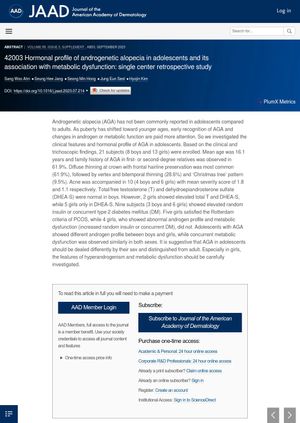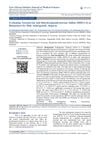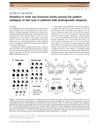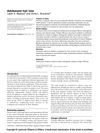Hormonal Profile of Androgenetic Alopecia in Adolescents and Its Association With Metabolic Dysfunction: Single Center Retrospective Study
September 2023
in “
Journal of The American Academy of Dermatology
”

TLDR Adolescents with hair loss show different hormone levels by sex and often have related metabolic issues.
The retrospective study investigated the clinical features and hormonal profile of Androgenetic alopecia (AGA) in adolescents. The study involved 21 subjects (8 boys and 13 girls) with a mean age of 16.1 years. The study found that 61.9% of the subjects had a family history of AGA. The most common symptom was diffuse thinning at the crown with frontal hairline preservation (61.9%). Acne was also present in 10 subjects. The hormonal profile showed normal total/free testosterone (T) and dehydroepiandrosterone sulfate (DHEA-S) in boys. However, 2 girls showed elevated total T and DHEA-S, while 5 girls only in DHEA-S. Nine subjects (3 boys and 6 girls) showed elevated random insulin or concurrent type 2 diabetes mellitus (DM). Five girls satisfied the Rotterdam criteria of PCOS. The study concluded that adolescents with AGA showed different androgen profiles between boys and girls, while concurrent metabolic dysfunction was observed similarly in both sexes. The study suggests that AGA in adolescents should be treated differently by their sex and distinguished from adults. Especially in girls, the features of hyperandrogenism and metabolic dysfunction should be carefully investigated.





